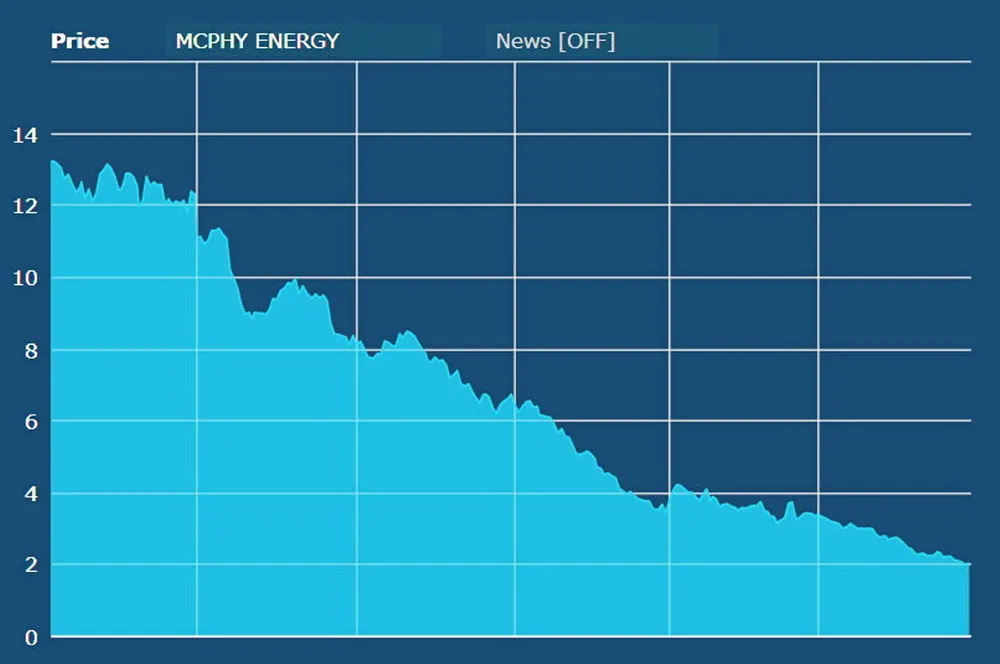ANALYSIS | Hydrogen electrolyser makers standing firm amid a quintuple whammy of pressures
Share prices continue to fall amid slower-than-expected roll-out of subsidies and outside threats, writes Leigh Collins ahead of the World Electrolysis Congress
